bimetallic Nanoparticles of two different metals on reduced graphene oxide are a type of nanomaterial that consists of two different metals in the nanometer size range and nanoparticle state.
These nanoparticles typically include two different metals such as gold, silver, platinum, zinc, etc., which are placed on the structure of reduced graphene oxide.
These nanoscale compounds may have unique properties such as high electrical conductivity, chemical stability, catalytic activity, and suitable electrical properties that are utilized in many nanotechnology applications and various industries, including cancer treatments.
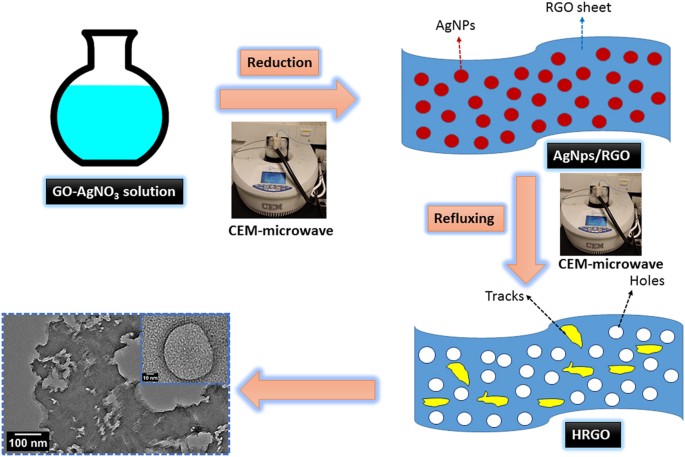
Scalable Production of Bimetallic Nanoparticles composites
Develop scalable methods for the mass production of bimetallic nanoparticle-reduced graphene oxide composites for industrial applications.
One common method for producing bimetallic nanoparticles on reduced graphene oxide is the chemical deposition method. In this method, graphene oxide is first used as a base, and then bimetallic nanoparticles (such as gold and silver) are prepared from various chemical compounds and deposited on the structure of reduced graphene oxide. This process can be controlled under specific conditions such as temperature, time, and chemical composition to produce bimetallic nanoparticles with precise and desirable properties.
1. Preparation of reduced graphene oxide: Initially, graphene oxide is prepared and then transformed into reduced form.
2. Synthesis of metallic nanoparticles: Metallic nanoparticles (e.g., gold and silver) are prepared from various chemical compounds.
3. Integration of nanoparticles with reduced graphene oxide: The metallic nanoparticles are deposited onto the structure of reduced graphene oxide and homogeneously combined with it.
4. Characterization: The final physical and chemical properties of the product, including nanoparticle size and shape, optical and electrical properties, etc., are examined.
5. Implementing modifications and enhancements: If necessary, actions can be taken to improve the final product properties.
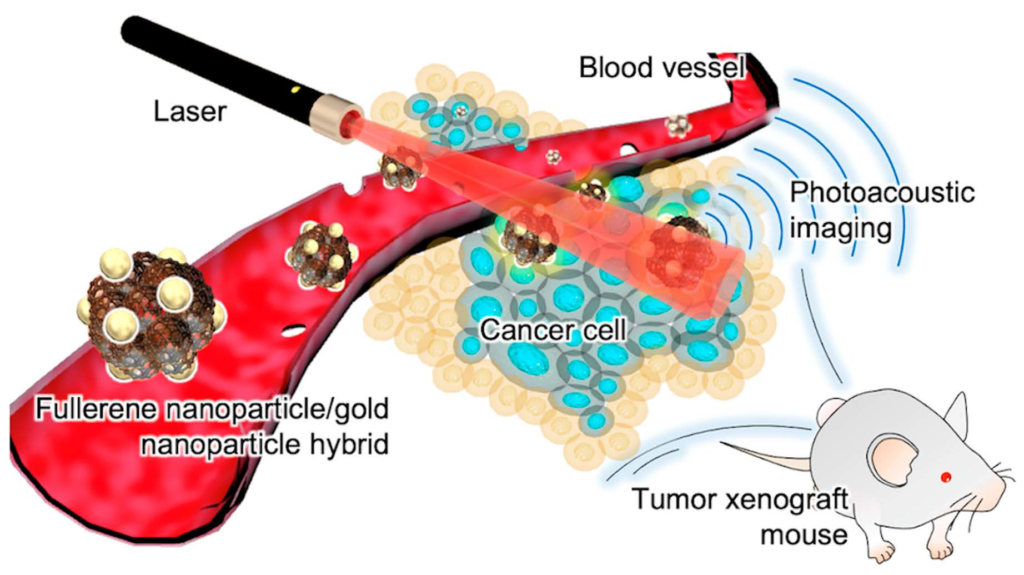
Electrochemical Behavior of Bimetallic Nanoparticles
Study the electrochemical performance of bimetallic nanoparticle-decorated reduced graphene oxide electrodes for applications in energy conversion and storage.
1. Preparation of reduced graphene oxide: Initially, graphene oxide is prepared and then transformed into reduced form.
2. Synthesis of metallic nanoparticles: Metallic nanoparticles (e.g., gold and silver) are prepared from various chemical compounds.
3. Integration of nanoparticles with reduced graphene oxide: The metallic nanoparticles are deposited onto the structure of reduced graphene oxide and homogeneously combined with it.
4. Characterization: The final physical and chemical properties of the product, including nanoparticle size and shape, optical and electrical properties, etc., are examined.
5. Implementing modifications and enhancements: If necessary, actions can be taken to improve the final product properties.
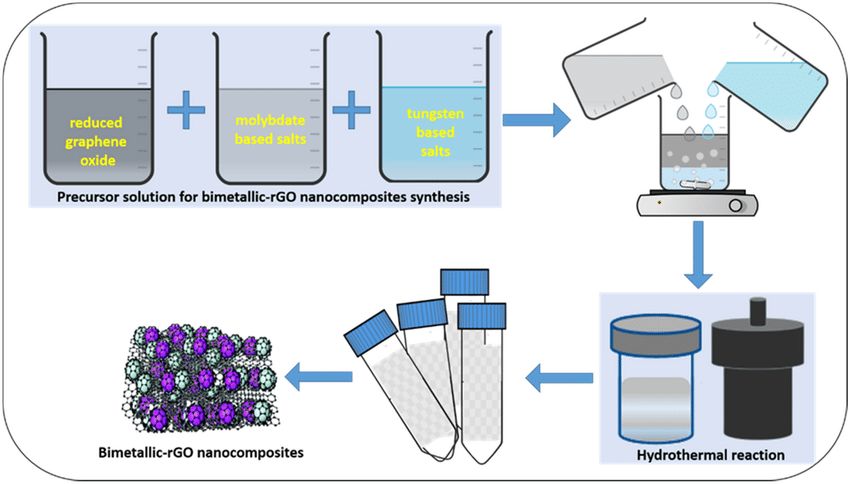
Toxicity Assessment of Bimetallic Nanoparticles-Reduced Graphene Oxide
Investigate the potential environmental and biological impacts of bimetallic nanoparticles attached to reduced graphene oxide.
To produce bimetallic nanoparticles on reduced graphene oxide, you can use the chemical deposition method with the following steps:
1. Preparation of graphene oxide: Initially, graphene oxide is prepared and then converted to its reduced form.
2. Synthesis of metallic nanoparticles: Bimetallic nanoparticles (such as gold and silver) are synthesized from various chemical compounds.
3. Addition of metallic nanoparticles to reduced graphene oxide: The bimetallic nanoparticles are added to a solution of reduced graphene oxide and deposited through mixing under specific conditions (such as temperature, time, and pH).
4. Filtration and drying: After depositing the bimetallic nanoparticles on reduced graphene oxide, the product is filtered and dried.
By completing these steps, you can prepare bimetallic nanoparticles on reduced graphene oxide.
In the process of producing bimetallic nanoparticles on reduced graphene oxide, initially graphene oxide is used as a base. Then, bimetallic nanoparticles (such as gold and silver) are prepared from various chemical compounds and added to the solution of reduced graphene oxide. This solution is then maintained for a specific period under specific conditions such as temperature and pressure, to allow the bimetallic nanoparticles to deposit on the structure of reduced graphene oxide. This process can be carried out under precise monitoring of various conditions to achieve bimetallic nanoparticles on reduced graphene oxide with desired properties.
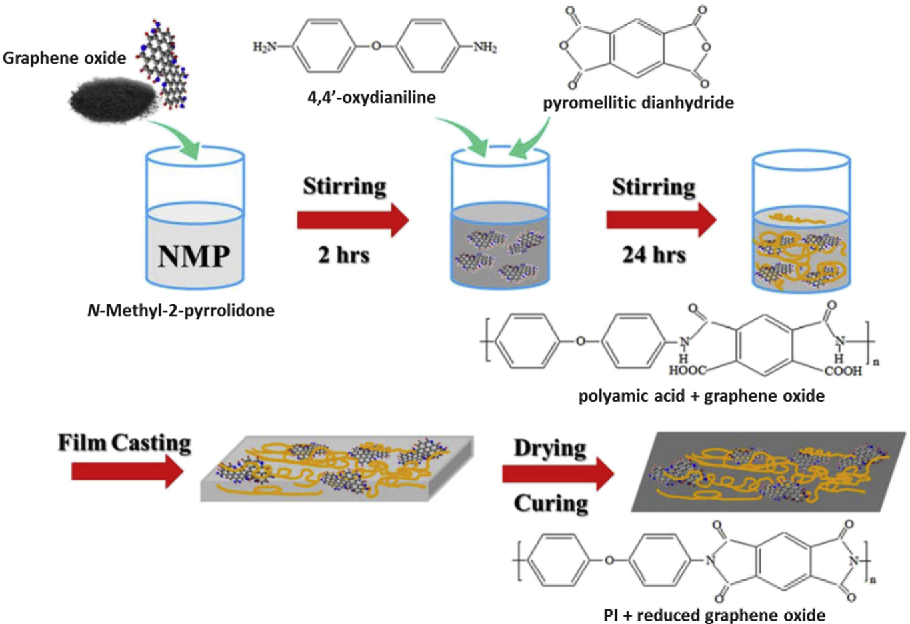
Nanocomposites for Energy Storage
Explore the utilization of bimetallic nanoparticles combined with reduced graphene oxide for improving energy storage devices such as batteries and supercapacitors.
1. Chemical Deposition Method: This method involves adding bimetallic nanoparticles to the solution of reduced graphene oxide and then maintaining it under specific conditions to deposit the nanoparticles onto the structure of reduced graphene oxide.
2. Physical Deposition Method: This method includes using physical techniques such as Chemical Vapor Deposition (CVD) and Physical Vapor Deposition (PVD) to deposit bimetallic nanoparticles onto the structure of reduced graphene oxide.
3. Chemical Combustion Method: In this method, suitable chemical substances are used to prepare bimetallic nanoparticles on the structure of reduced graphene oxide, and then with the application of appropriate heat, the nanoparticles deposit onto the structure.
These methods can be used for depositing bimetallic nanoparticles onto the structure of reduced graphene oxide.
1. Synergistic Effects of Bimetallic Nanoparticles on Reduced Graphene Oxide: Explore how the combination of two different metals on reduced graphene oxide enhances catalytic or electronic properties.
2. Tunable Properties of Bimetallic Nanoparticles Decorated on Reduced Graphene Oxide: Investigate how adjusting the composition and size of bimetallic nanoparticles affects the performance of reduced graphene oxide-based materials.
3. Enhanced Catalytic Activity of Bimetallic Nanoparticles Supported on Reduced Graphene Oxide: Study the catalytic efficiency of bimetallic nanoparticles anchored on reduced graphene oxide for various reactions.
4. Stability and Durability of Bimetallic Nanoparticles Immobilized on Reduced Graphene Oxide: Examine the long-term stability and durability of bimetallic nanoparticles attached to reduced graphene oxide under different conditions.
5. Synthesis and Characterization of Bimetallic Nanoparticles on Reduced Graphene Oxide: Detail the fabrication process and characterization techniques used to analyze the morphology and structure of bimetallic nanoparticles on reduced graphene oxide.
6. Applications of Bimetallic Nanoparticles-Modified Reduced Graphene Oxide in Sensing: Discuss the potential use of bimetallic nanoparticles supported on reduced graphene oxide for sensor applications due to their unique properties.

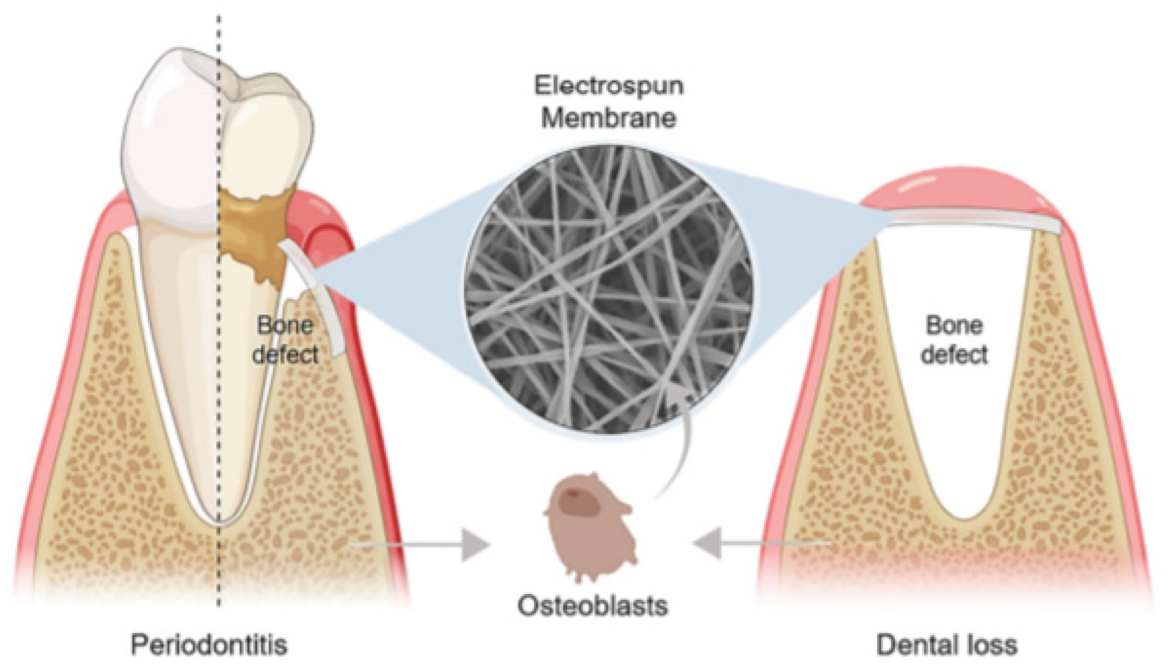
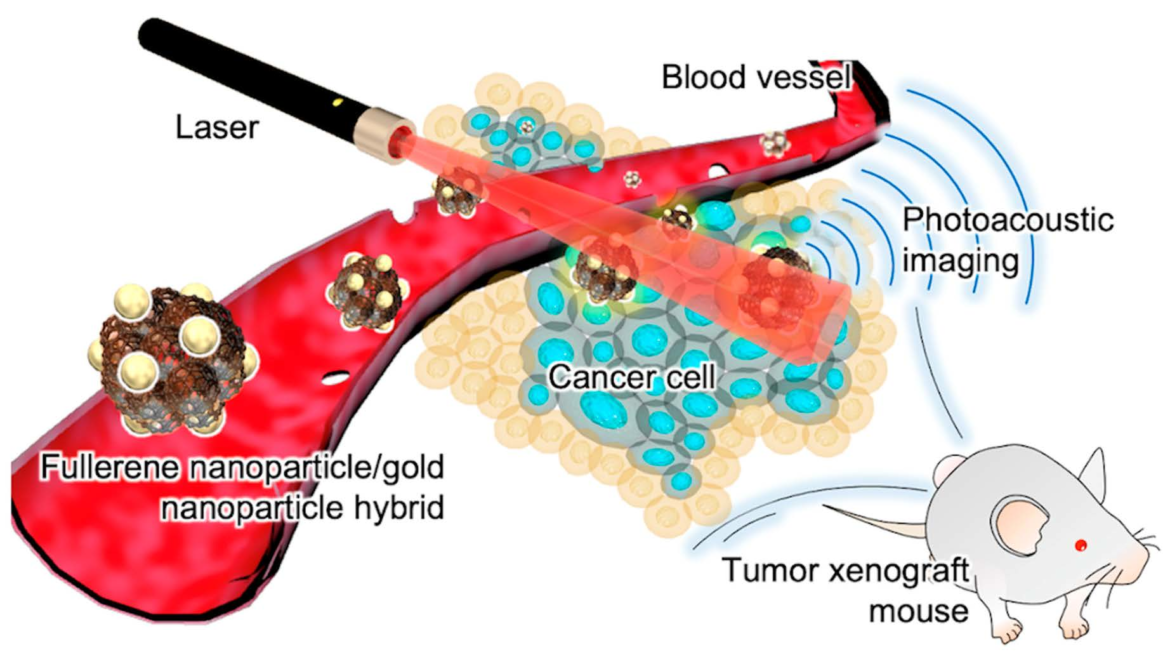
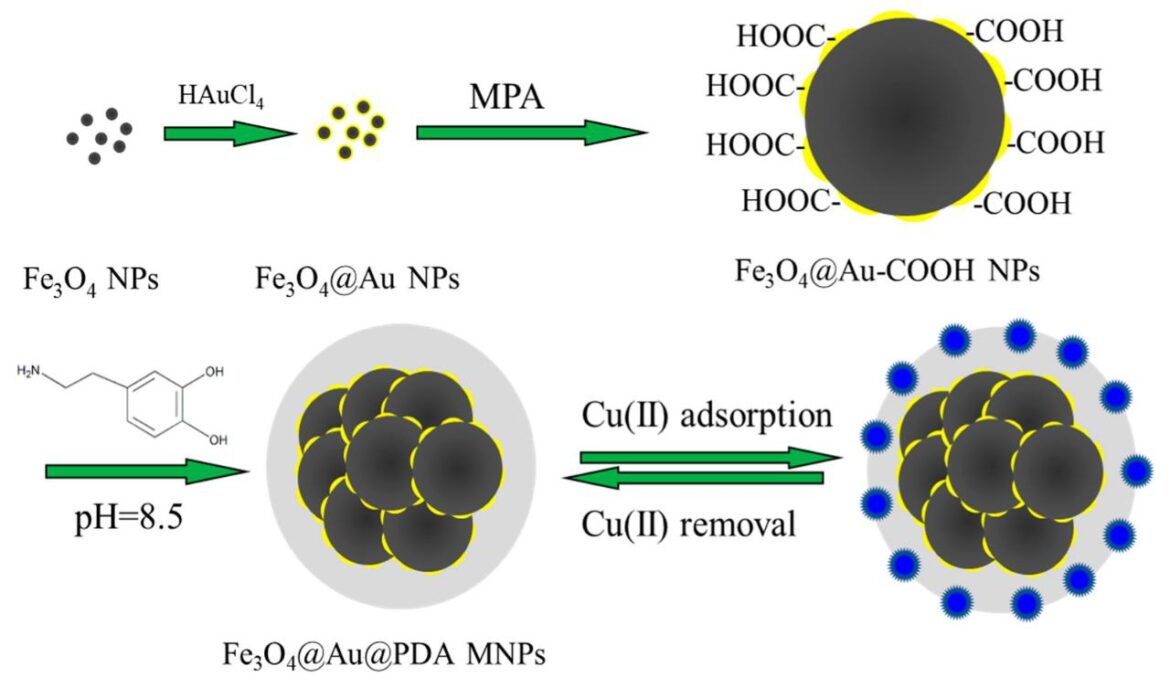
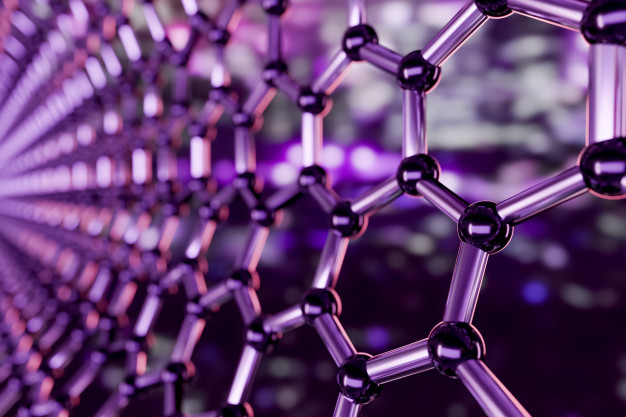
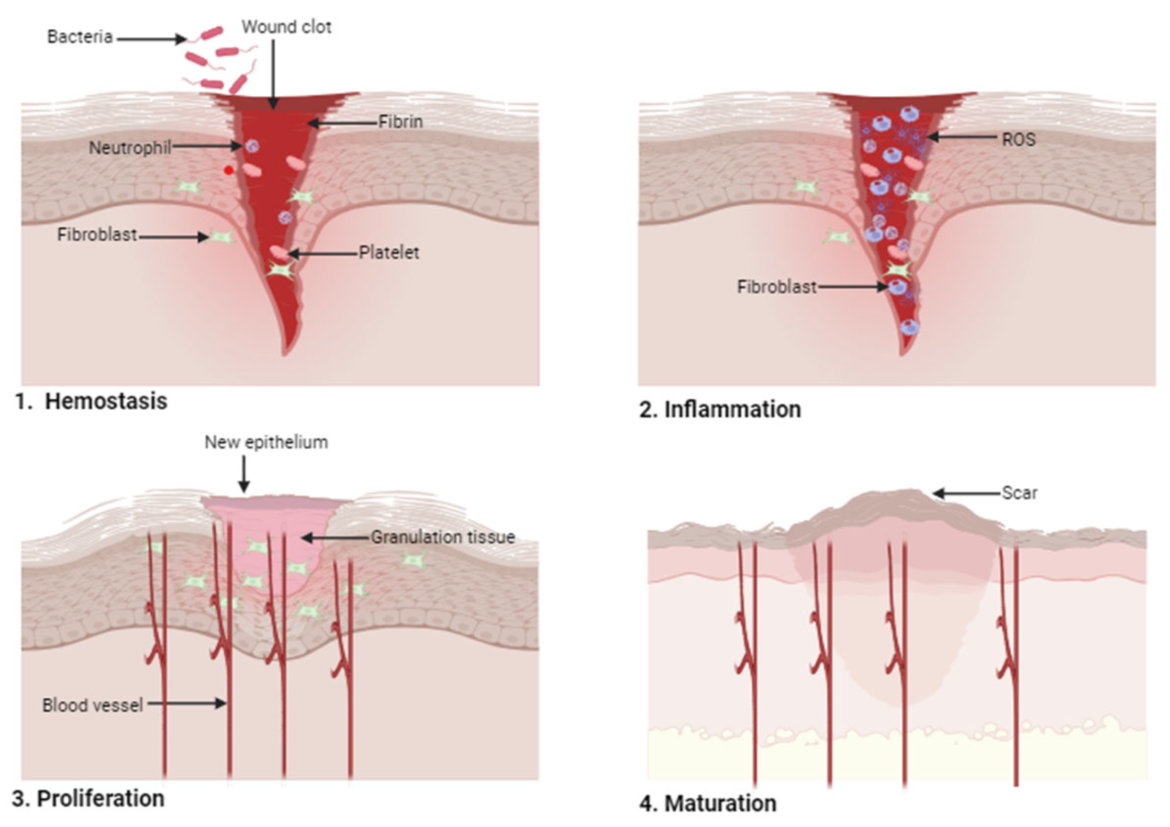
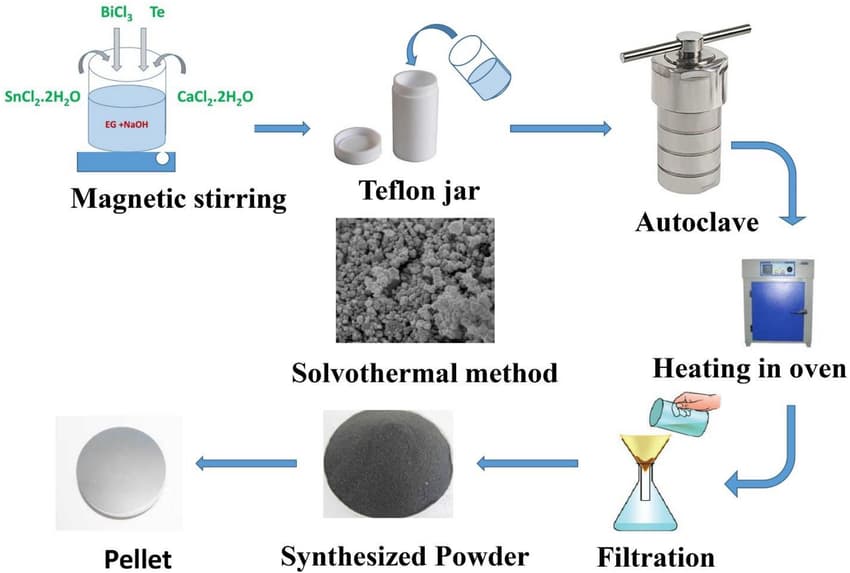
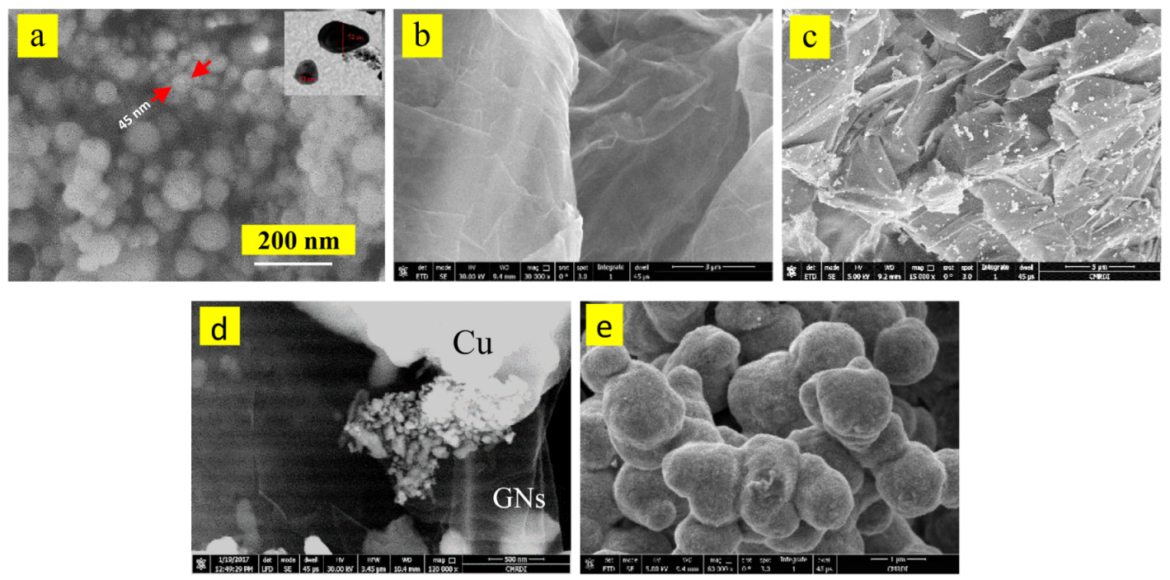
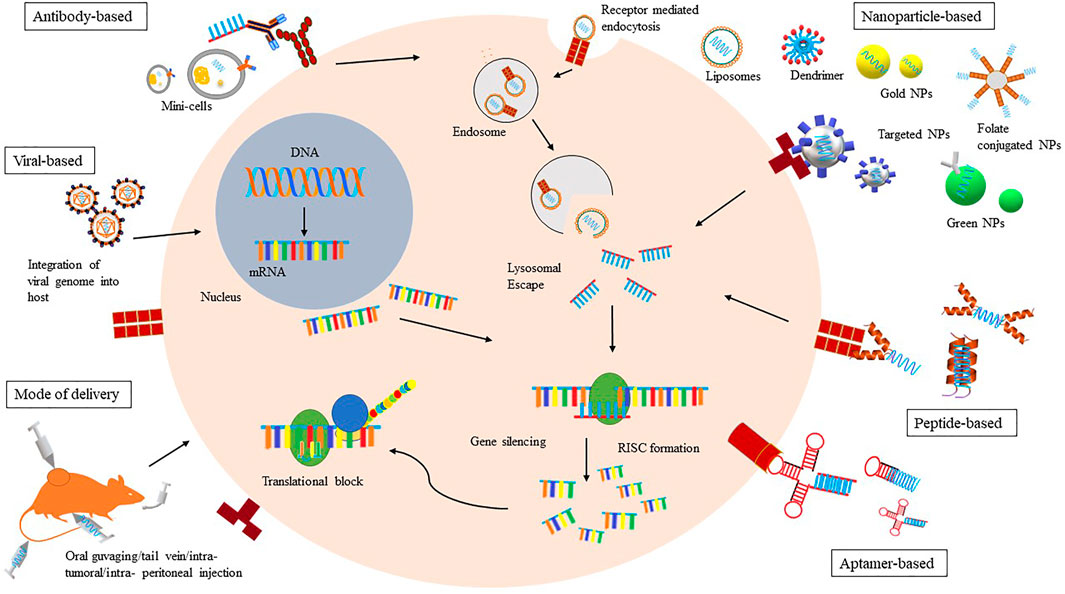
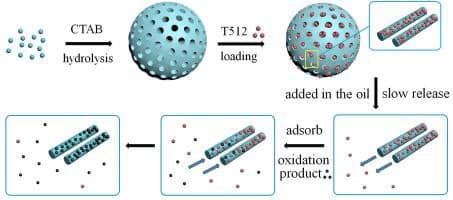
Your comment submitted.